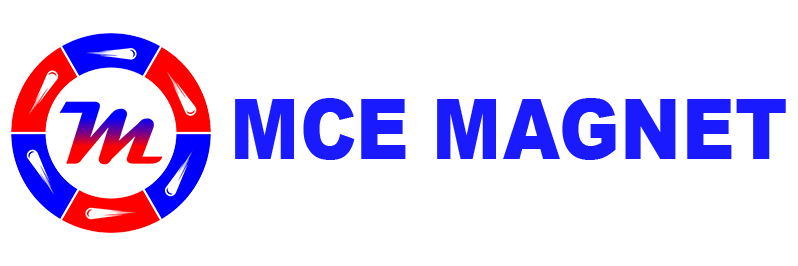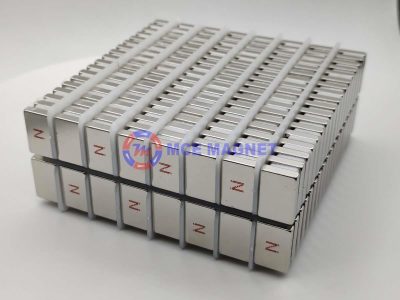How to choose a magnet for a PM motor?
Choosing the right magnet for a permanent magnet (PM) motor is critical for optimizing performance, efficiency, and cost. Here are the key factors to consider when selecting a magnet for a PM motor:
1. Magnet Material
- Neodymium Iron Boron (NdFeB):
- High energy density (strongest commercially available magnets).
- Excellent for high-performance motors.
- Operates well at room temperature but can lose performance at high temperatures.
- May require coatings (e.g., nickel, zinc) to prevent corrosion.
- Samarium Cobalt (SmCo):
- High temperature stability and corrosion resistance.
- Good for high-temperature applications.
- More expensive than NdFeB.
- Ferrite (Ceramic) Magnets:
- Lower cost and good corrosion resistance.
- Lower energy density compared to NdFeB and SmCo.
- Suitable for low-cost or low-performance motors.
- Alnico:
- Good temperature stability but lower energy density.
- Rarely used in modern PM motors due to lower performance.
2. Magnetic Strength (Energy Density)
- The magnet’s energy density (BHmax) determines the motor’s torque and power output.
- Higher energy density magnets (e.g., NdFeB) allow for smaller, lighter motors with higher efficiency.
- Choose based on the required motor performance and size constraints.
3. Temperature Stability
- Consider the operating temperature range of the motor.
- NdFeB magnets have lower temperature stability and may require high-temperature grades (e.g., N42H, N52SH).
- SmCo magnets are better for high-temperature environments.
- Check the magnet’s maximum operating temperature and its demagnetization curve.
4. Corrosion Resistance
- NdFeB magnets are prone to corrosion and may require protective coatings.
- SmCo and ferrite magnets are naturally corrosion-resistant.
- Ensure the magnet material or coating is suitable for the motor’s operating environment.
5. Cost
- NdFeB magnets offer the best performance but are more expensive.
- Ferrite magnets are the most cost-effective but have lower performance.
- SmCo magnets are expensive but justified in high-temperature or specialized applications.
- Balance performance requirements with budget constraints.
6. Mechanical Properties
- Magnets must withstand mechanical stresses during motor assembly and operation.
- NdFeB magnets are brittle and may require careful handling.
- Consider the magnet’s shape, size, and mounting method.
7. Demagnetization Resistance
- Ensure the magnet can withstand the motor’s operating conditions without losing magnetization.
- High-temperature environments or high armature reaction fields can demagnetize weaker magnets.
8. Motor Design Requirements
- Consider the motor’s air gap, pole configuration, and magnetic circuit design.
- The magnet’s shape (e.g., arc, block, ring) and magnetization direction must align with the motor design.
9. Regulatory and Environmental Considerations
- Ensure the magnet material complies with regulations (e.g., RoHS, REACH).
- Consider the environmental impact and recyclability of the magnet material.
10. Supplier and Quality
- Source magnets from reputable suppliers to ensure consistent quality and performance.
- Verify the magnet’s specifications (e.g., grade, dimensions, tolerances).
Summary
For most high-performance PM motors, NdFeB magnets are the preferred choice due to their high energy density and cost-effectiveness. However, if the motor operates in high-temperature or corrosive environments, SmCo or ferrite magnets may be more suitable. Always consider the trade-offs between performance, cost, and environmental factors when selecting a magnet.
If you have specific motor requirements (e.g., power, size, temperature), feel free to share them for more tailored advice!

